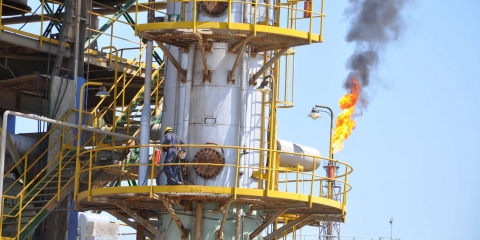Battle to remove ISIL from Hawija could unlock further sectarian tensions
Inside the Debaga displacement camp soon after the start of the campaign to liberate Mosul, dishevelled families who had found refuge told a familiar story of hardship. While a brutal urban conflict raged in Mosul, the Hawija pocket festered along with its 100,000 inhabitants. Its ISIL occupiers were too weak to pose a serious attacking threat, […]Florian Neuhof writes for The National:
Inside the Debaga displacement camp soon after the start of the campaign to liberate Mosul, dishevelled families who had found refuge told a familiar story of hardship.
While a brutal urban conflict raged in Mosul, the Hawija pocket festered along with its 100,000 inhabitants.
Its ISIL occupiers were too weak to pose a serious attacking threat, while the Iraqi military was too busy finishing off the terror group in Mosul and allied Shiite militia groups were encroaching on the nearby town of Tel Afar. Cut off from the outside world, the humanitarian situation in Hawija was dire, testified by the steady trickle of civilians filtering through the frontlines.





